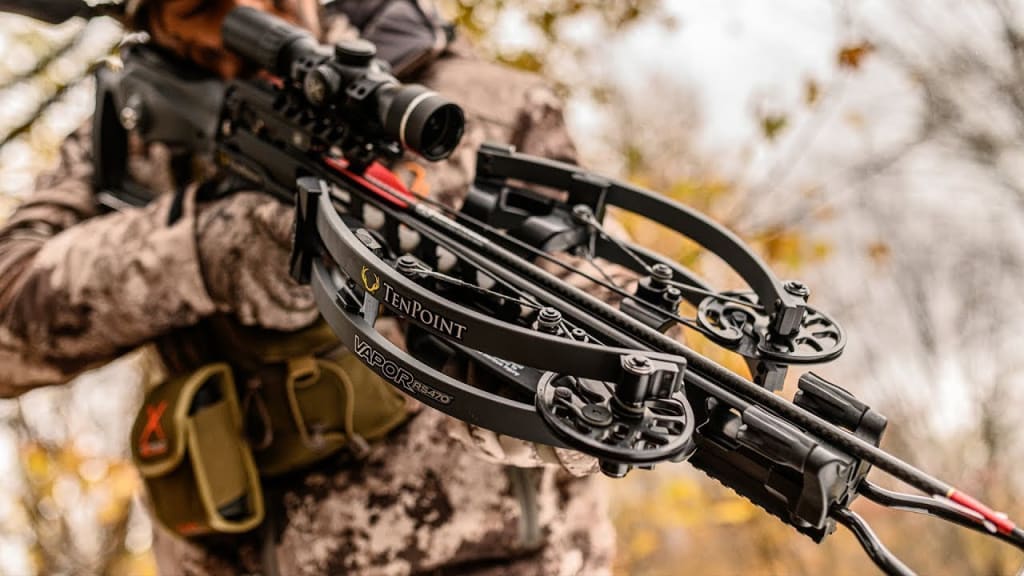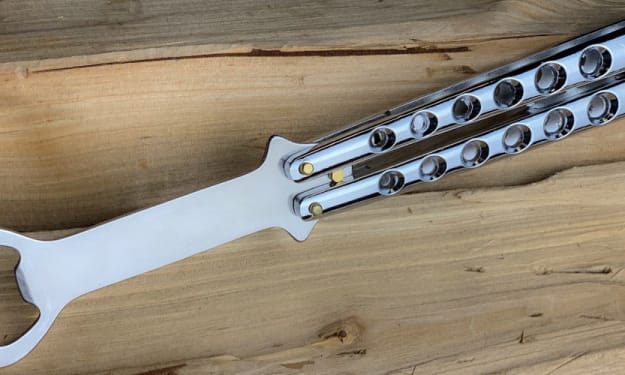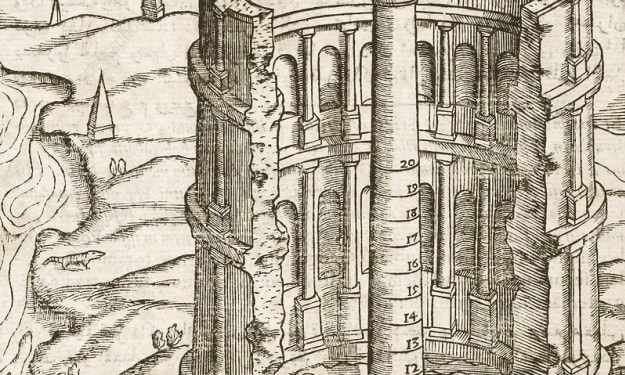Types of Crossbows: What is The Power and Range of A Compound Bow?
Crossbows

Crossbows are types of bows that consist of a horizontal limb assembly mounted on a stock, which shoots projectiles called bolts or quarrels. The bow is drawn by hand, using a winch or a lever mechanism, and then locked in place while the shooter takes aim.
Unlike a traditional bow, which requires the shooter to have a certain amount of strength and skill to use, a bow is much easier to operate, making it a popular choice for hunting and target shooting. They have been used for hundreds of years, both as weapons and as hunting tools. They were widely used during medieval times as a more powerful alternative to traditional bows and arrows.
In recent years, these bows have become popular for hunting and target shooting, with many modern models featuring advanced features such as scopes, laser sights, and even camouflage.
Types of Crossbows:
There are three main types of crossbows, each with its own unique features and characteristics. These types are:
Recurve Bows:
Recurve bows are a type that features a bow that curves away from the shooter, giving it more power and accuracy compared to other types of crossbows. This design allows the crossbow to store more energy, making it ideal for long-range shooting or hunting. Recurve crossbows are often favored by hunters and target shooters who need a crossbow that is both accurate and powerful.
Compound Bows:
Compound crossbows are a type that features a system of cables and pulleys that reduce the amount of force needed to draw the bowstring. This makes it easier for the shooter to hold the bow steady while taking aim, and also reduces the amount of strain on the shooter's muscles. Compound bows are often favored by hunters and target shooters who need a crossbow that is easy to operate and accurate.
Pistol Bows:
Pistol bows are a type that is designed to be compact and lightweight, making them ideal for close-range shooting and hunting. They are typically smaller than other types of crossbows, with a shorter bow and stock, and are often equipped with a pistol-style grip. Pistol crossbows are often favored by hunters and target shooters who need a bow that is easy to carry and maneuver.
Each of these types of bows has its own unique benefits and drawbacks, and the type of crossbow that is best for you will depend on your specific needs and preferences.
For example, if you are a hunter who needs an accurate and powerful crossbow, you might choose a recurve crossbow. If you are a target shooter who needs a crossbow that is easy to operate, you might choose a compound crossbow. And if you are looking for a compact and lightweight crossbow for close-range shooting, you might choose a pistol crossbow.
Power and Range of Compound Bows:
The power and range of a compound bow are dependent on several factors, including the draw weight, draw length, and arrow weight. A compound bow is a type of bow that uses a system of pulleys and cables to reduce the amount of force needed to draw the bowstring, making it easier to hold the bow steady while taking aim.
The draw weight of a compound bow refers to the amount of force required to draw the bowstring back to its maximum length. This is measured in pounds, and a higher draw weight will result in a more powerful shot. The typical draw weight for a compound bow ranges from 40 to 80 pounds, with higher draw weights being favored by hunters and target shooters who need a more powerful shot.
The draw length of a compound bow refers to the distance between the bow grip and the bowstring when the bow is drawn to its maximum length. This is also an important factor in determining the power and accuracy of the shot. A longer draw length will result in a more powerful shot, but it will also require more strength and skill to use.
The arrow weight is another important factor in determining the power and range of a compound bow. A heavier arrow will result in a more powerful shot, but it will also have a slower velocity and a shorter range. On the other hand, a lighter arrow will have a faster velocity and a longer range, but it will not be as powerful.
About the Creator
Mai Sophia
A Writer/blogger by day, a knife enthusiast and survivalist by night. I've reviewed a lot of products and have helped people make the right purchase
Enjoyed the story? Support the Creator.
Subscribe for free to receive all their stories in your feed. You could also pledge your support or give them a one-off tip, letting them know you appreciate their work.






Comments
There are no comments for this story
Be the first to respond and start the conversation.